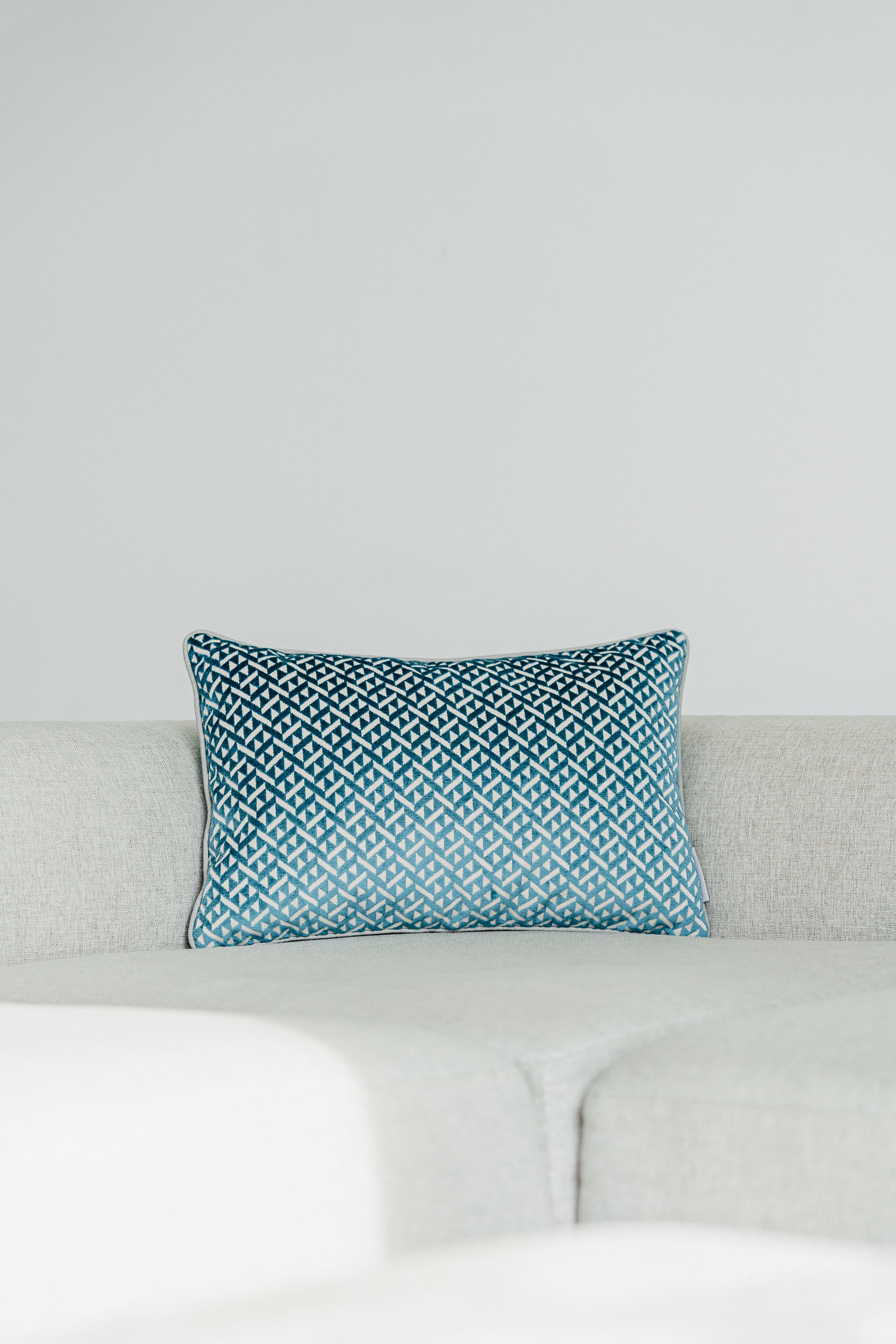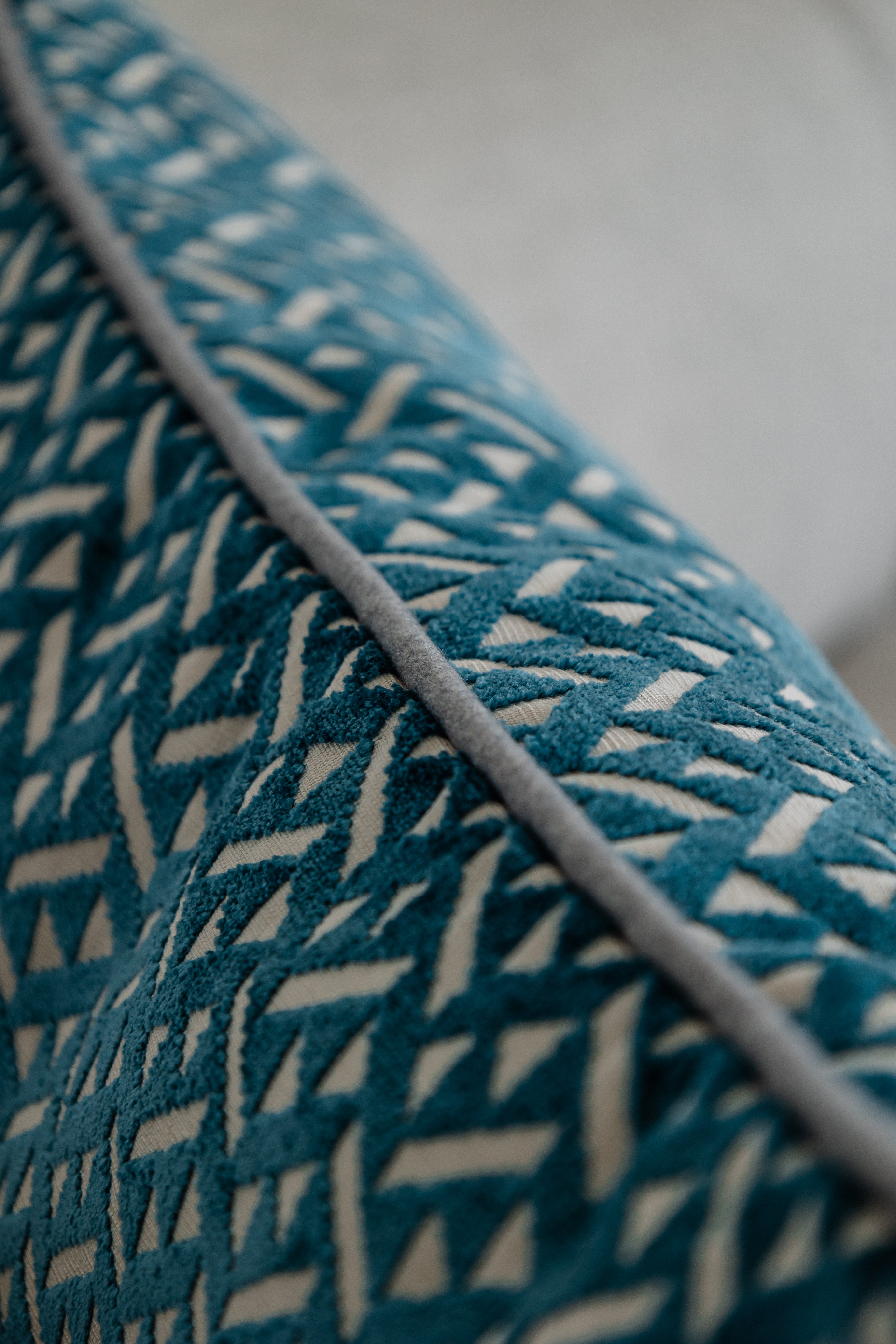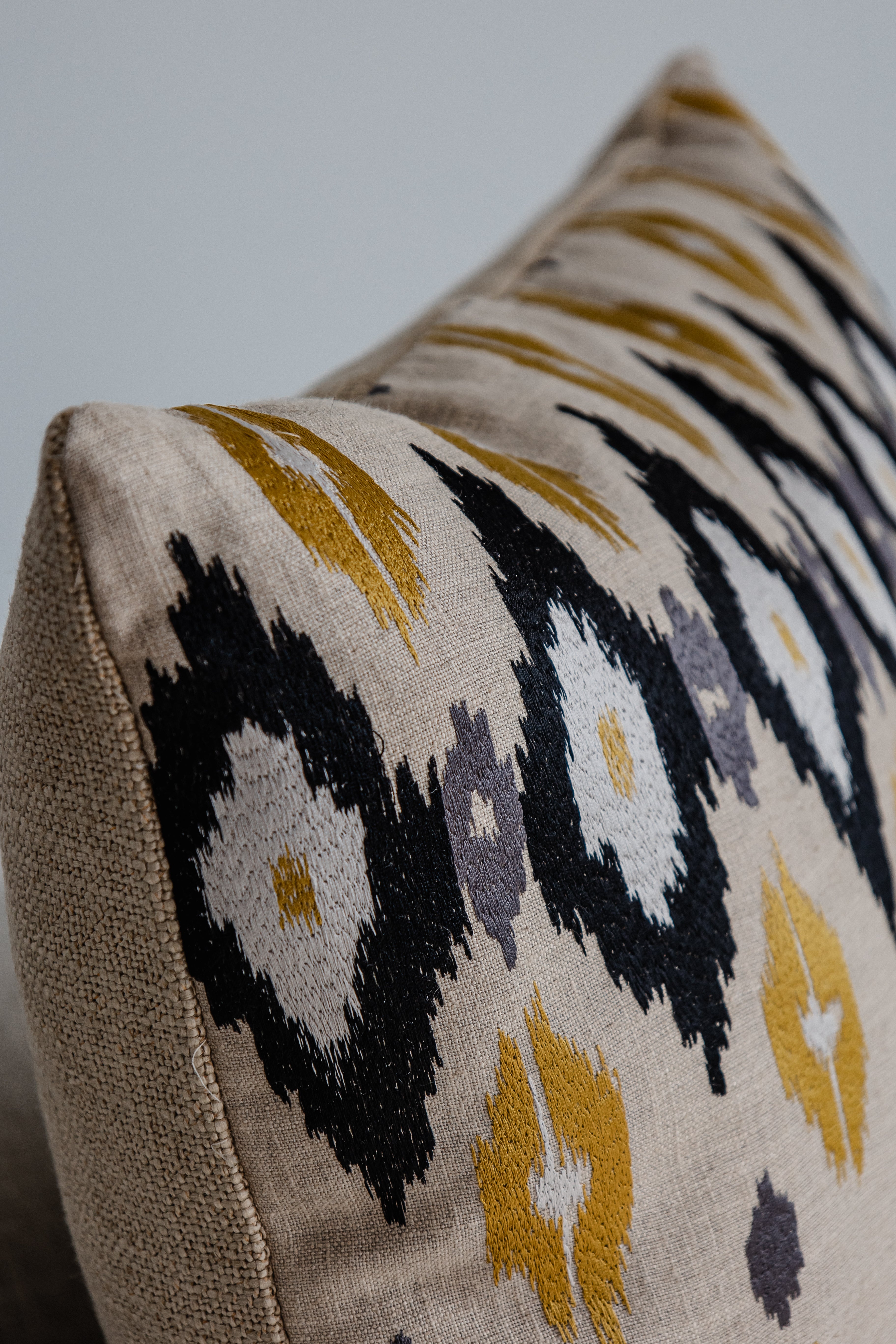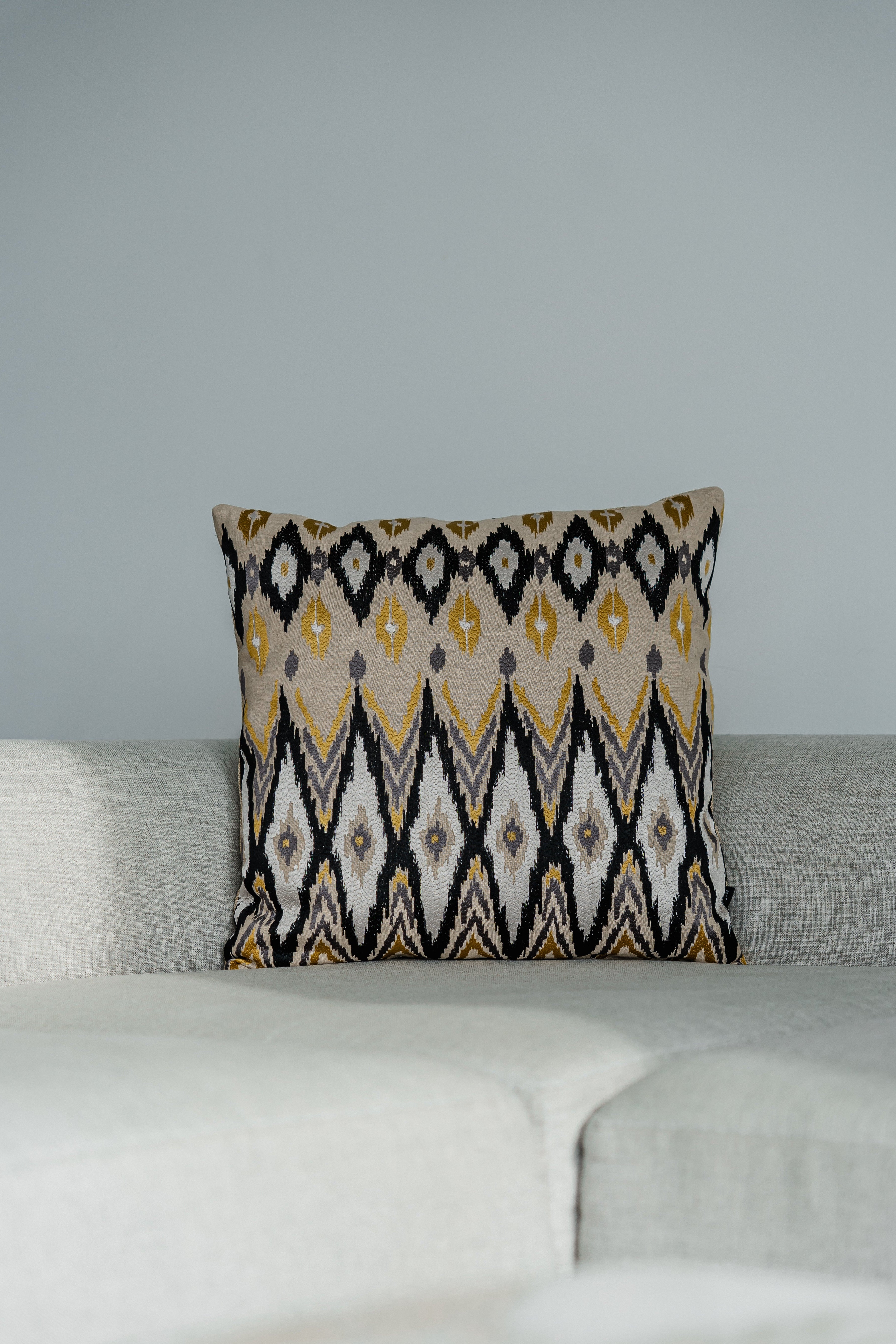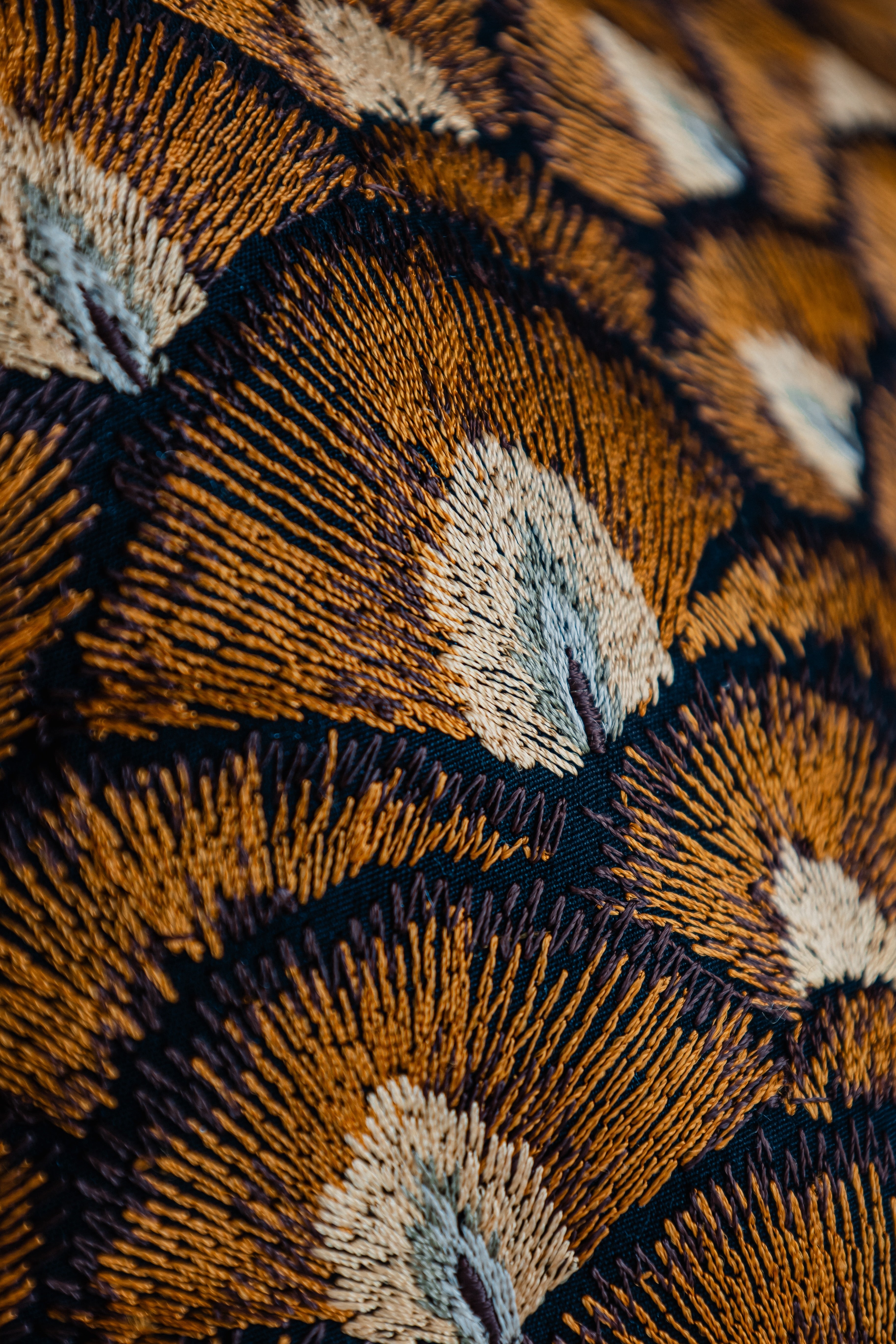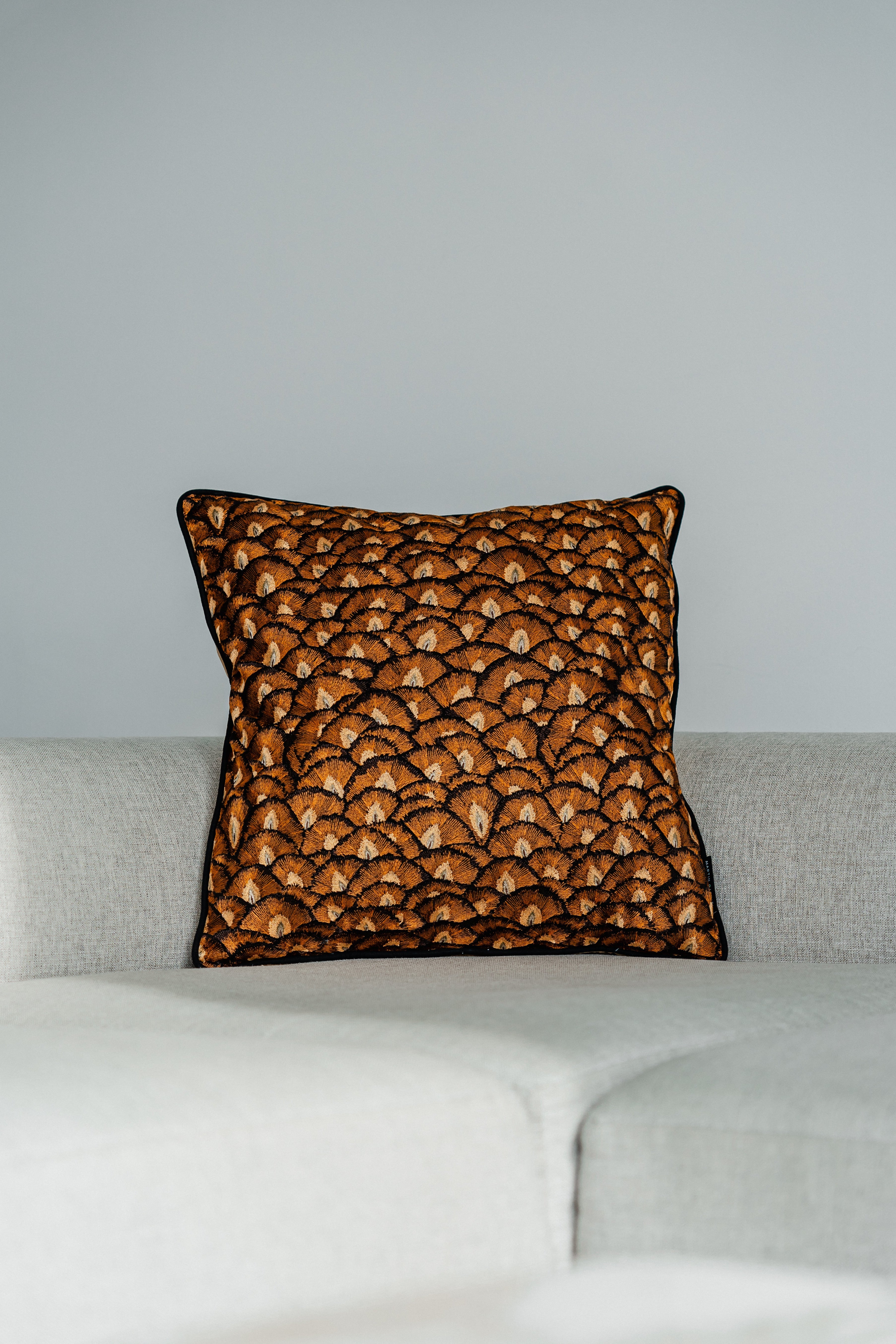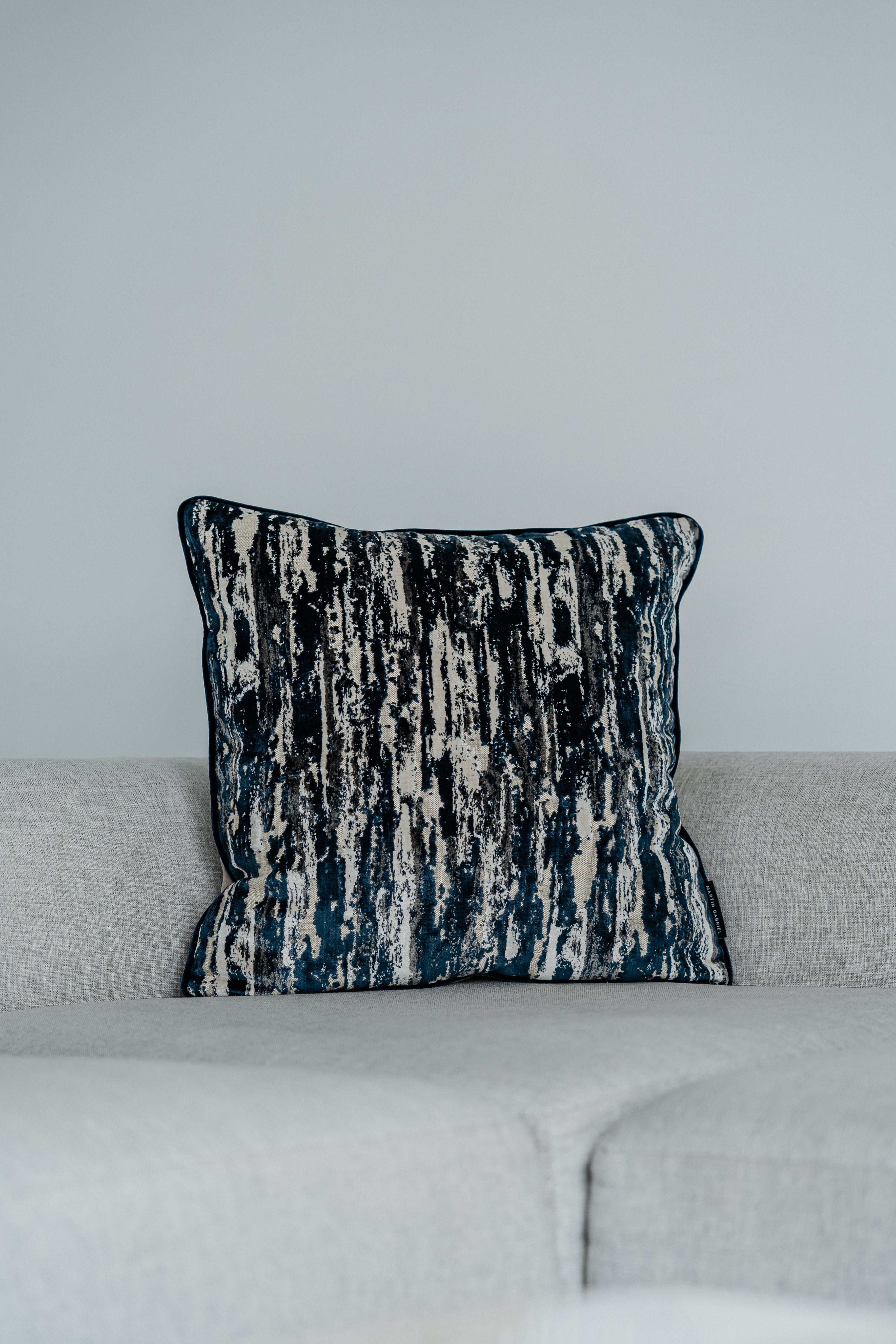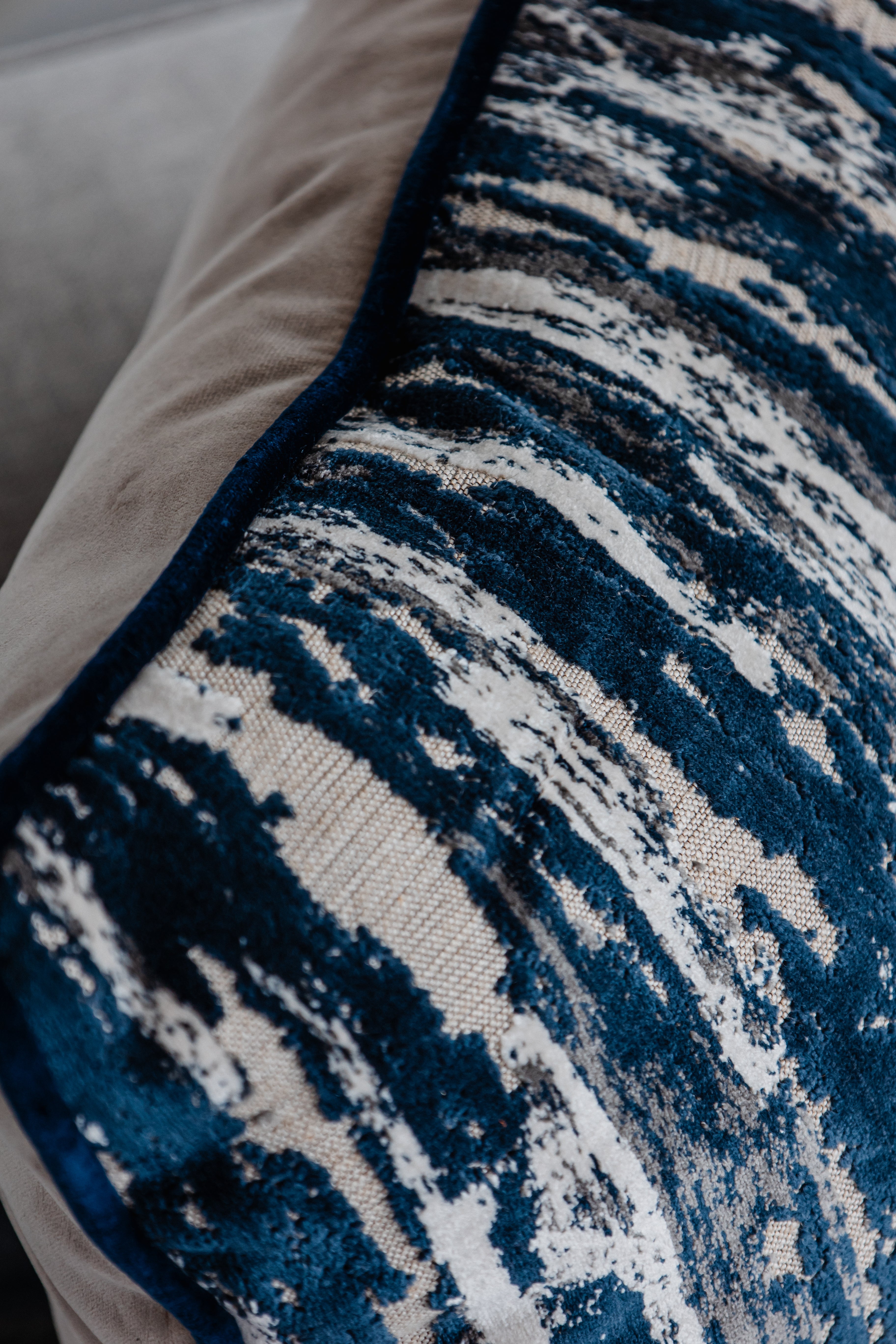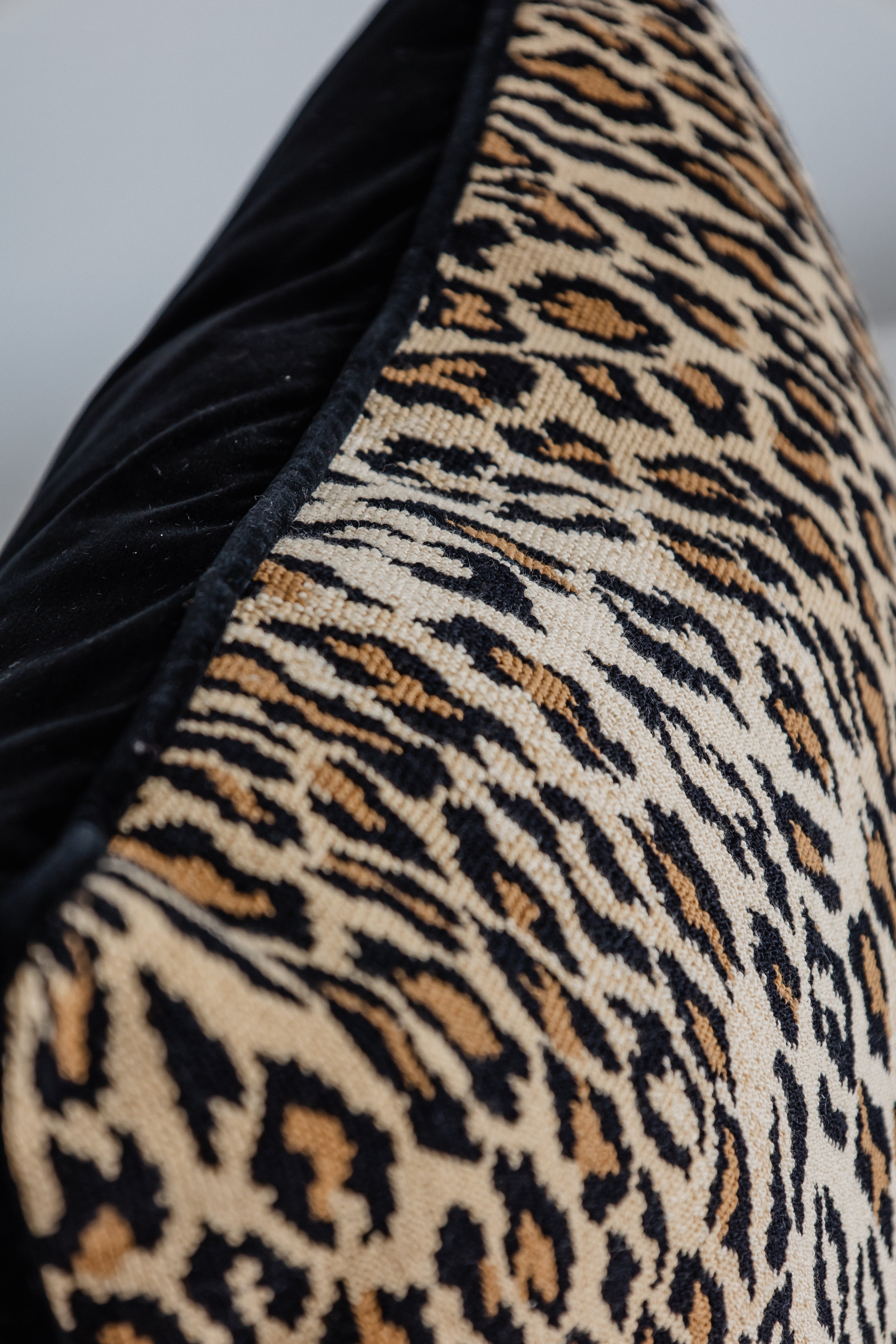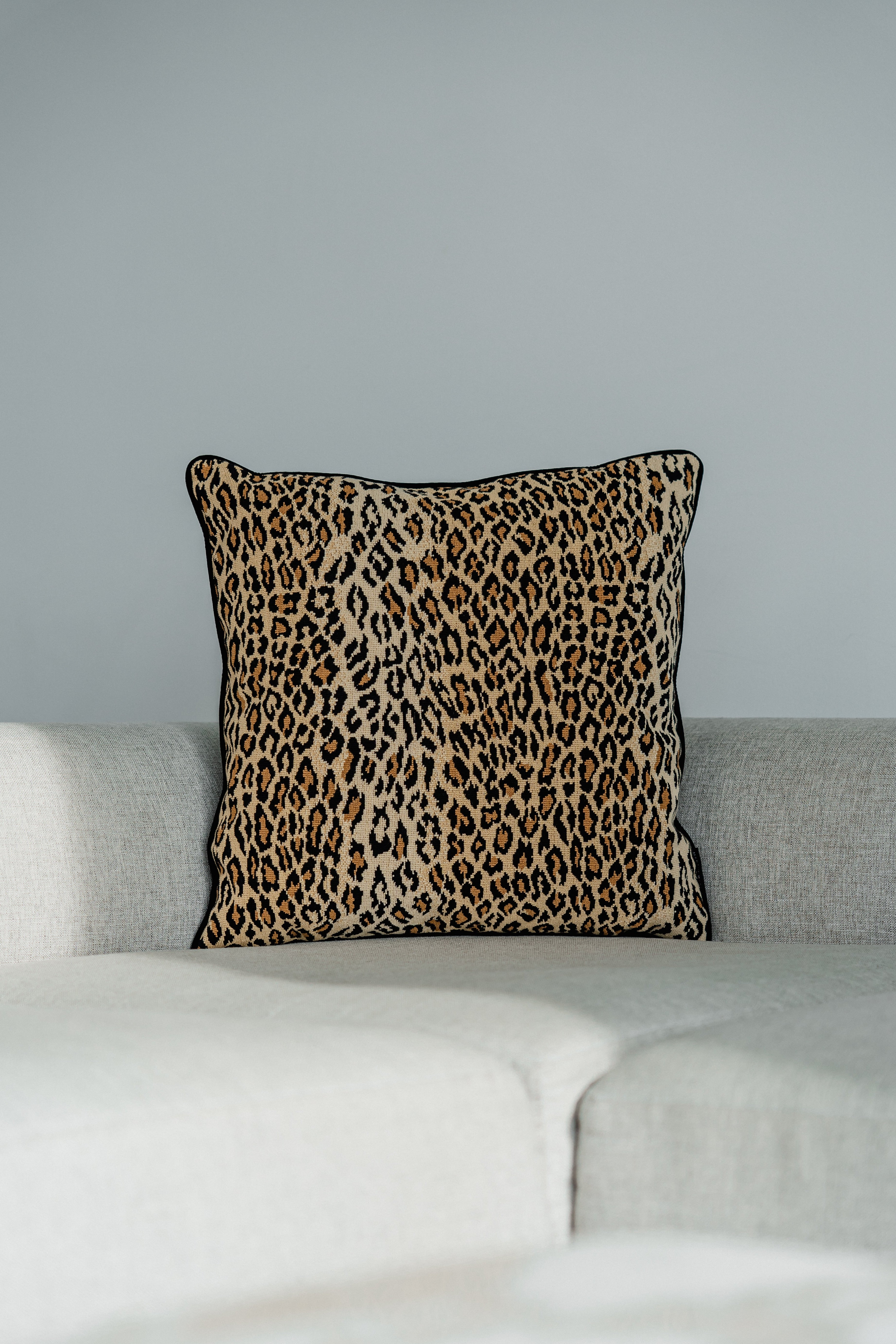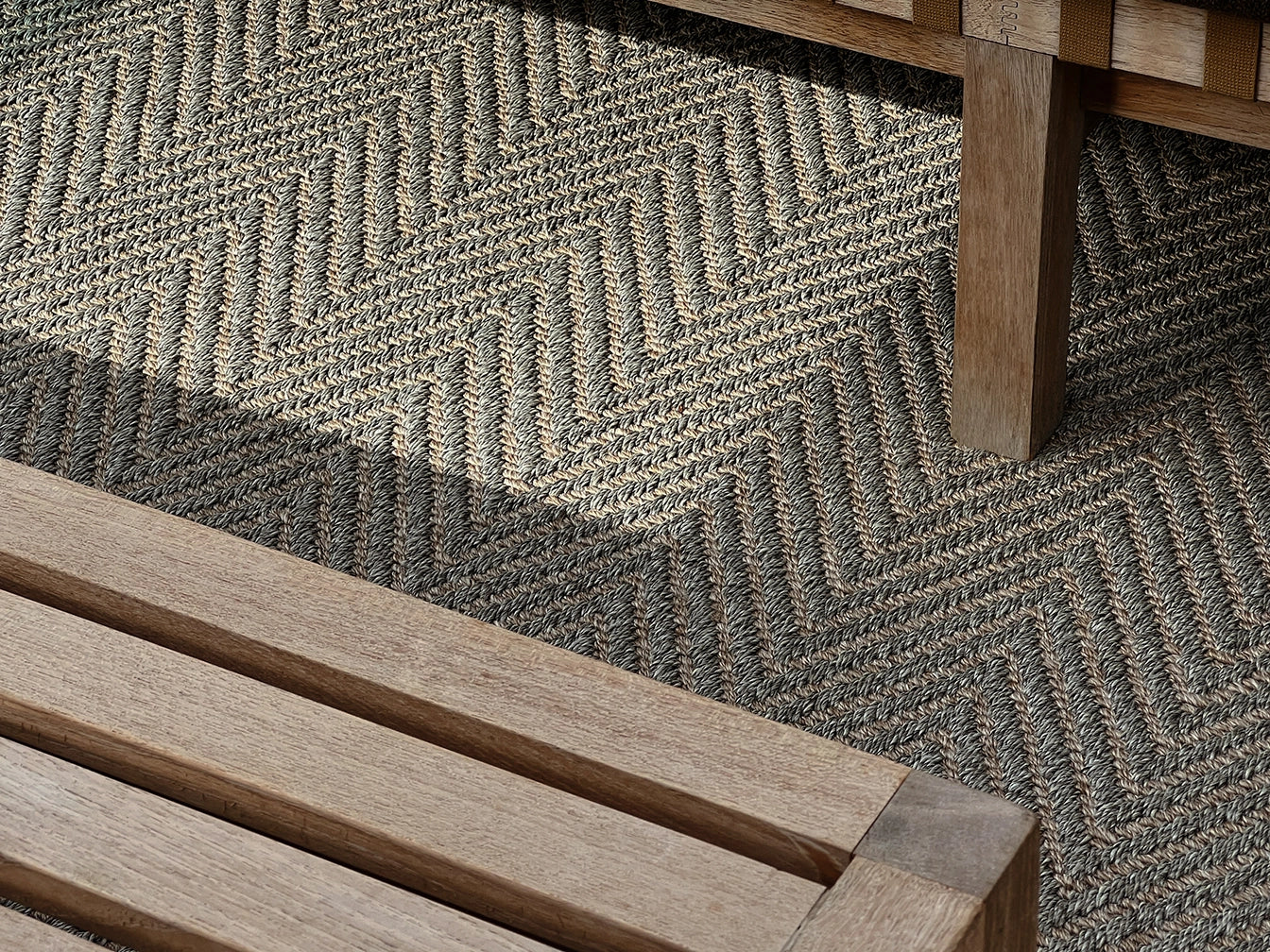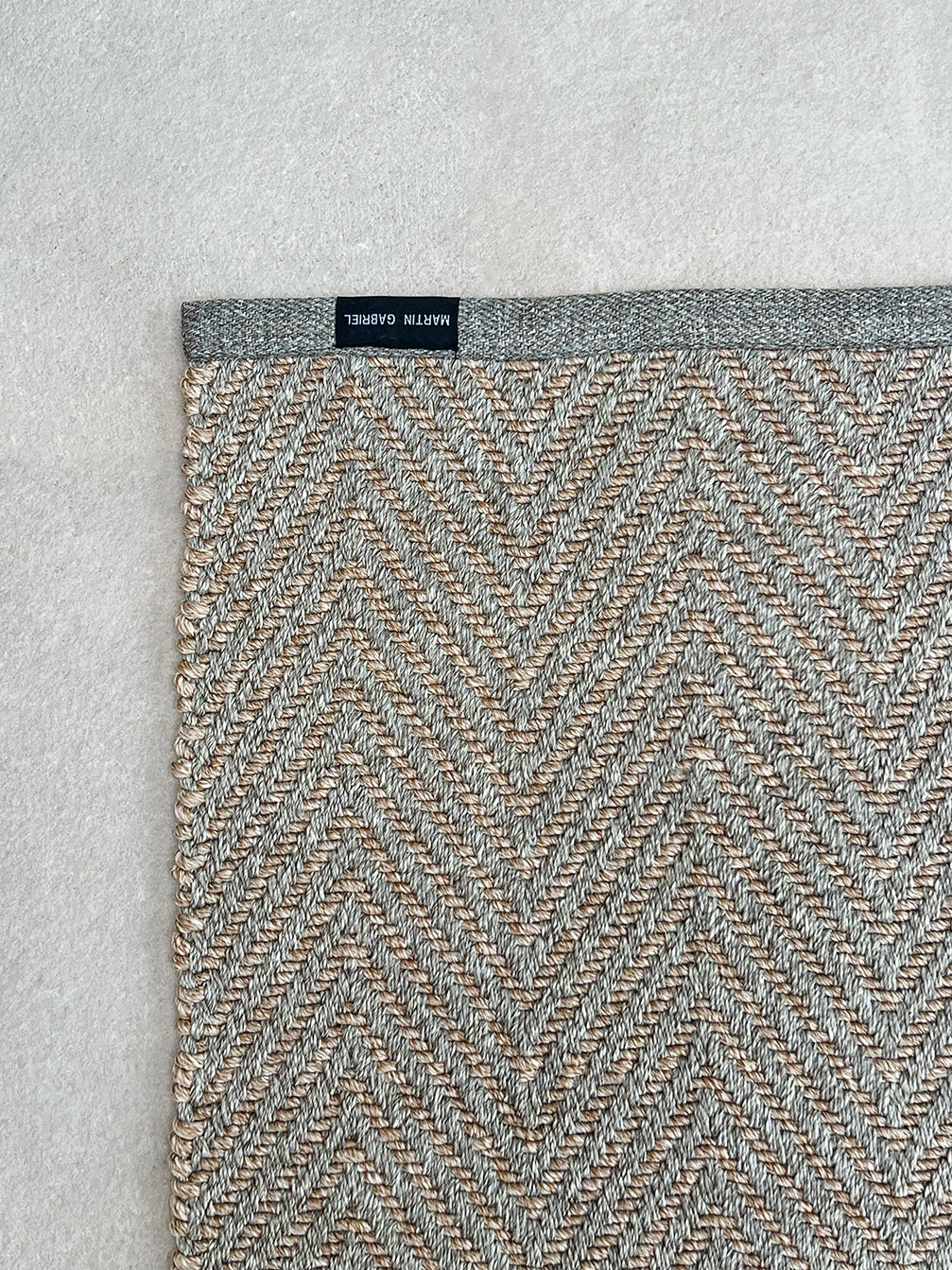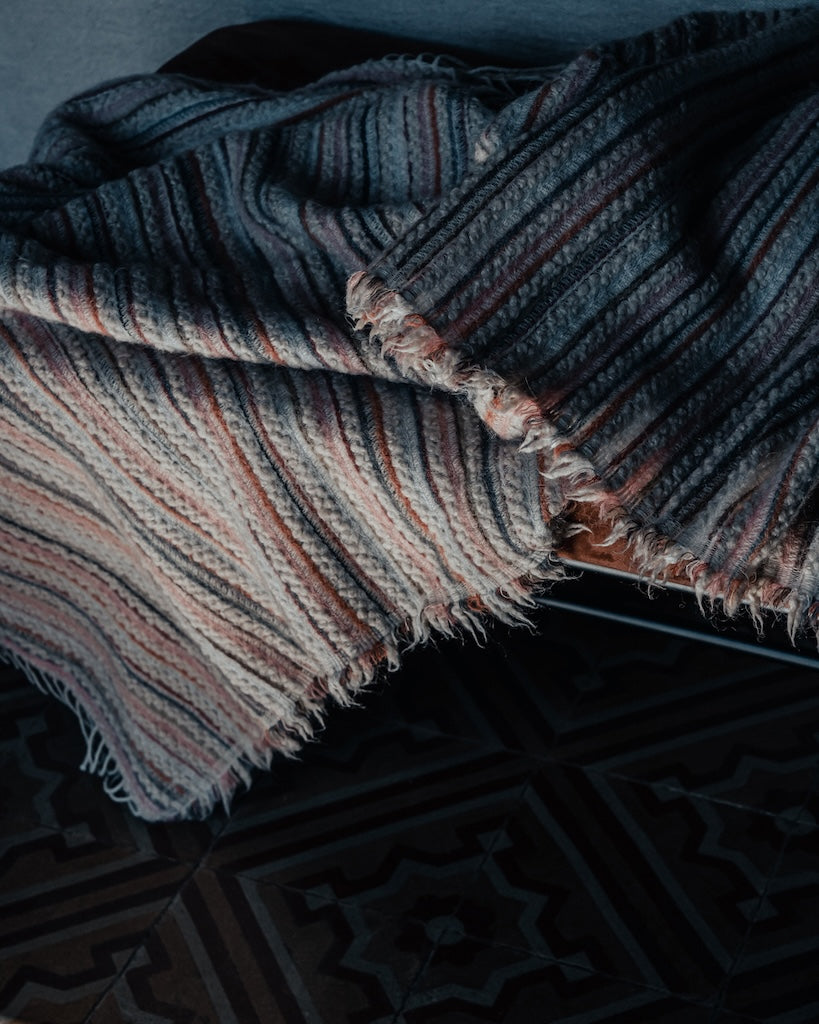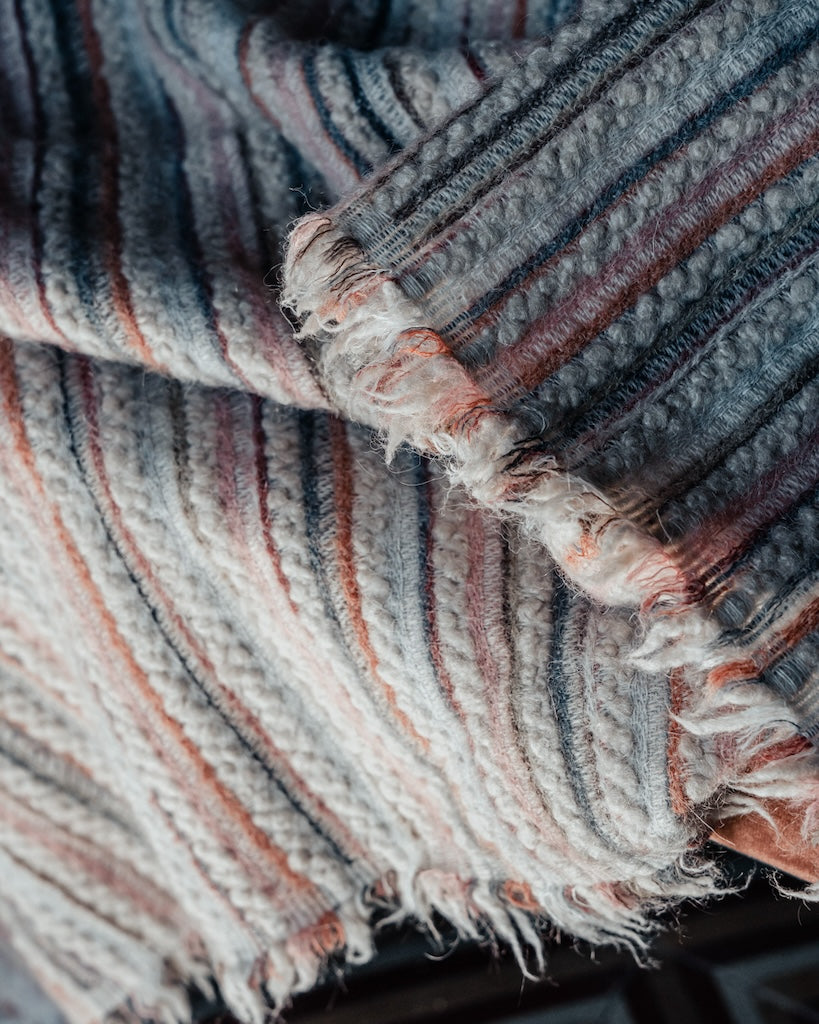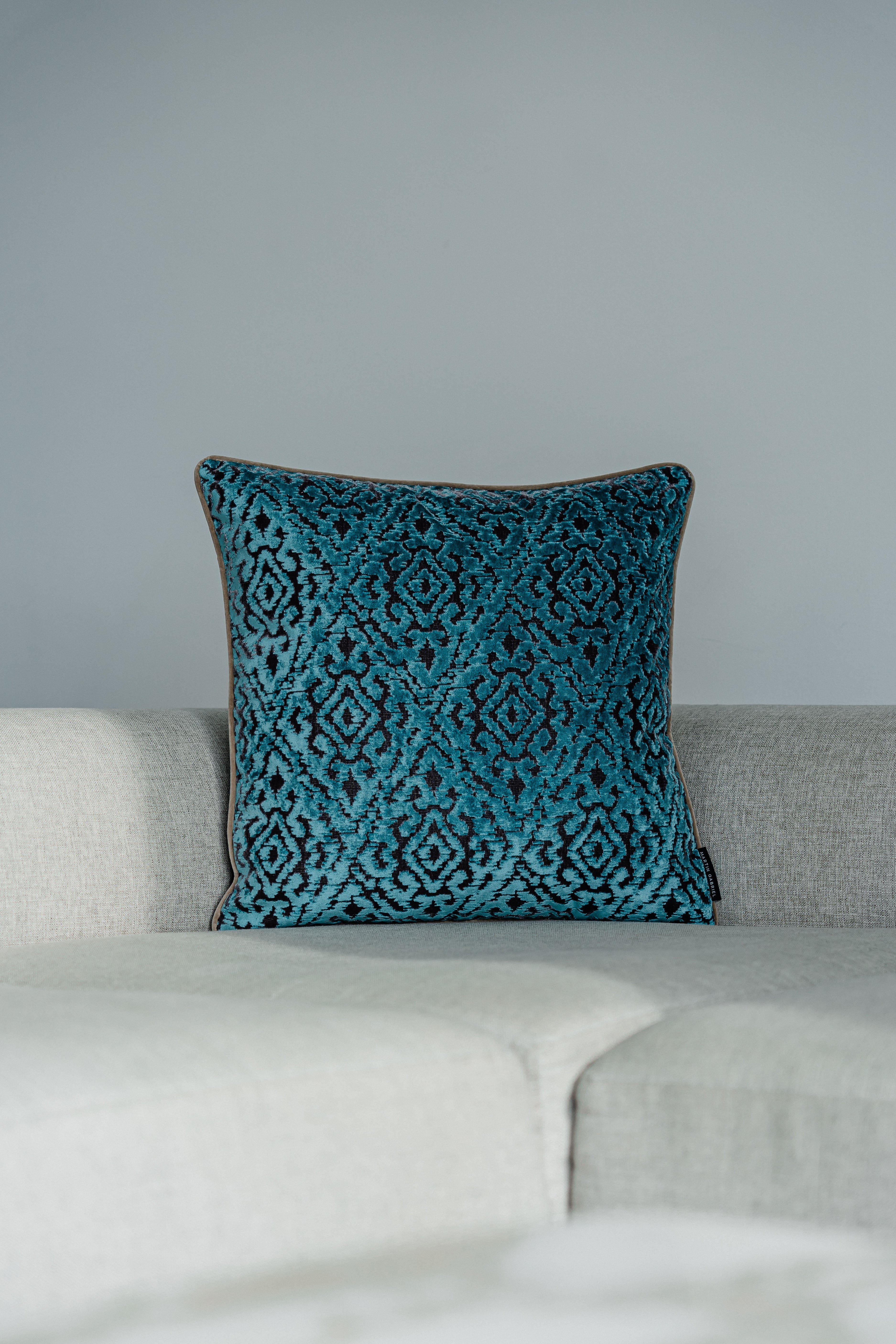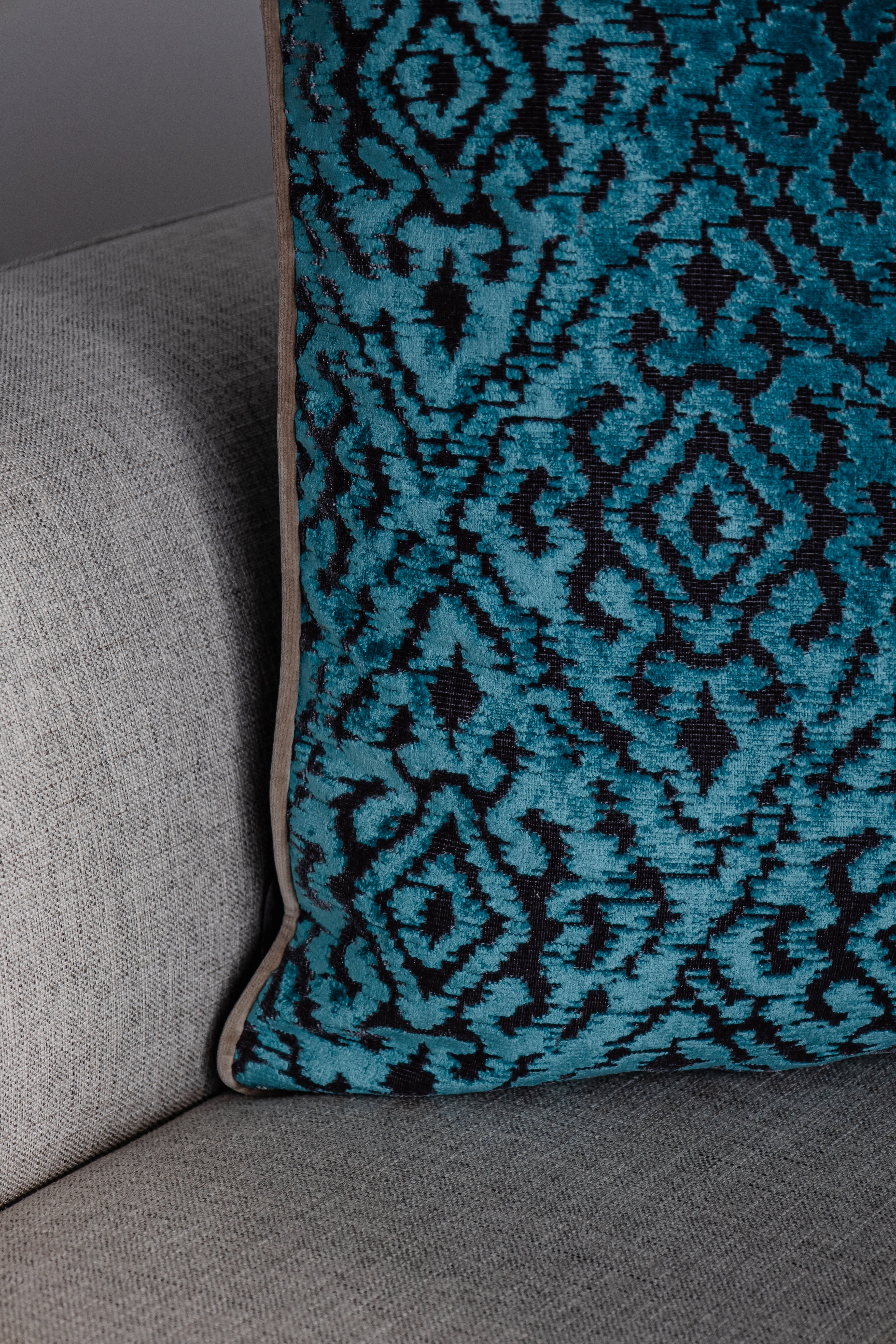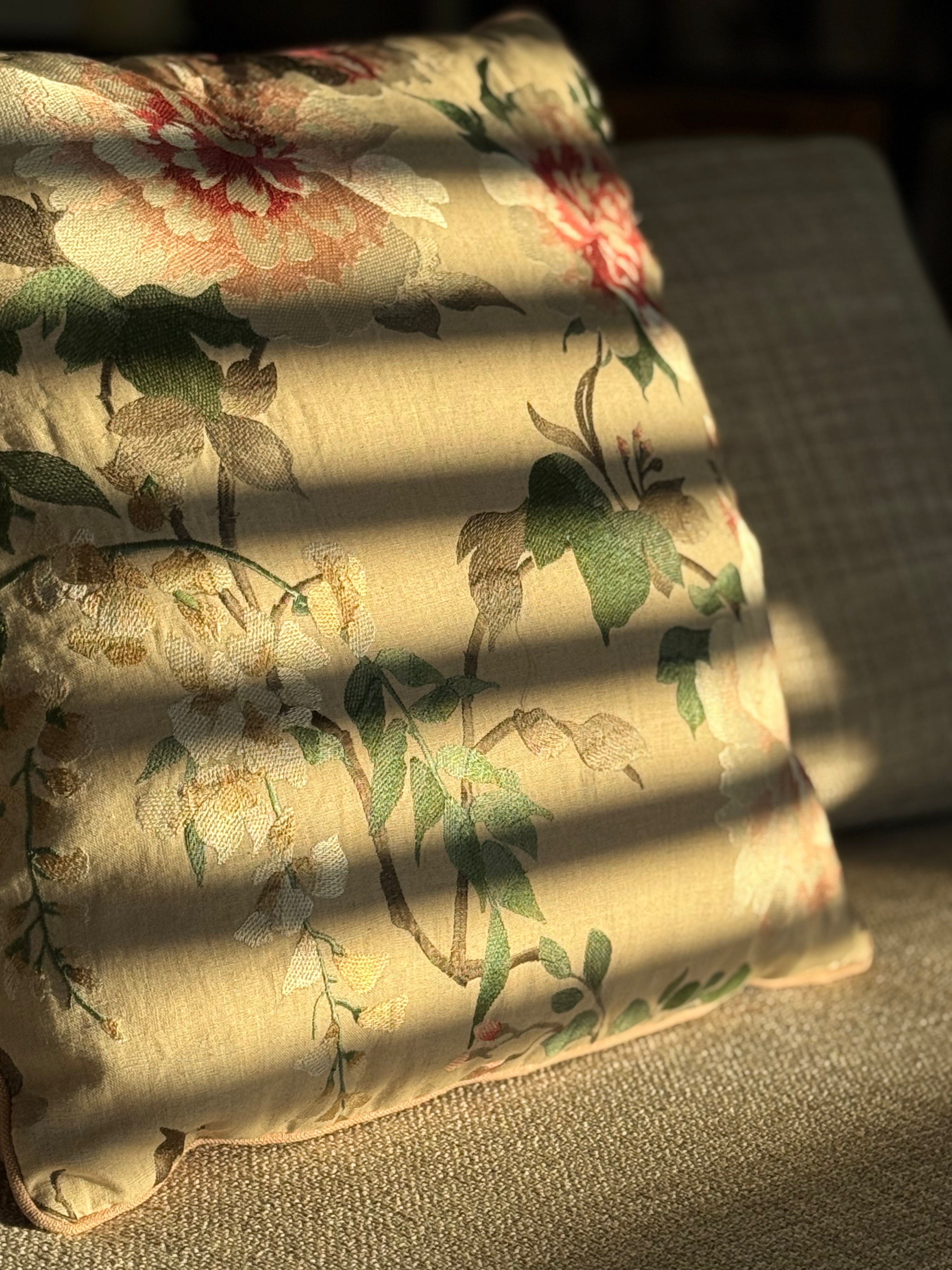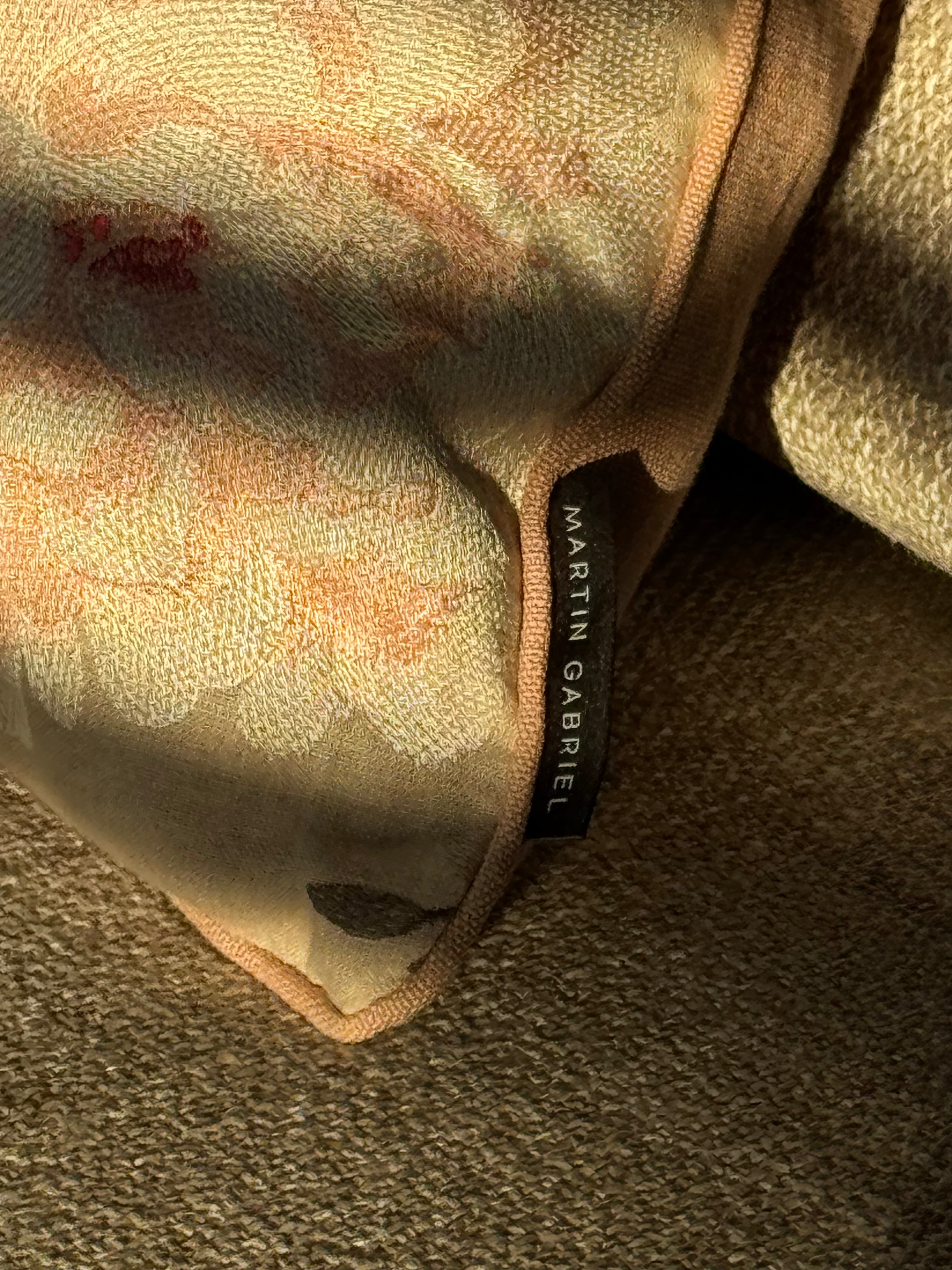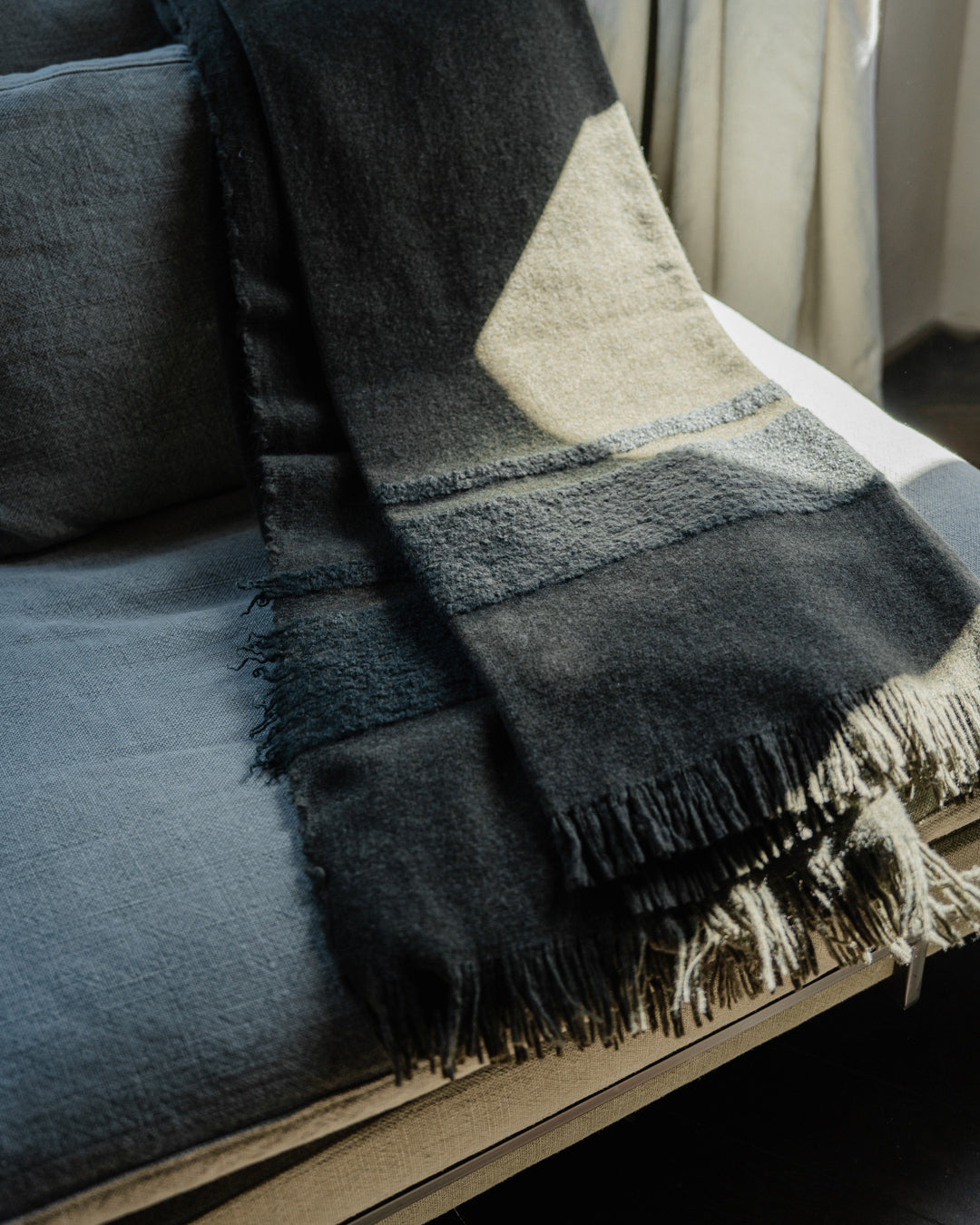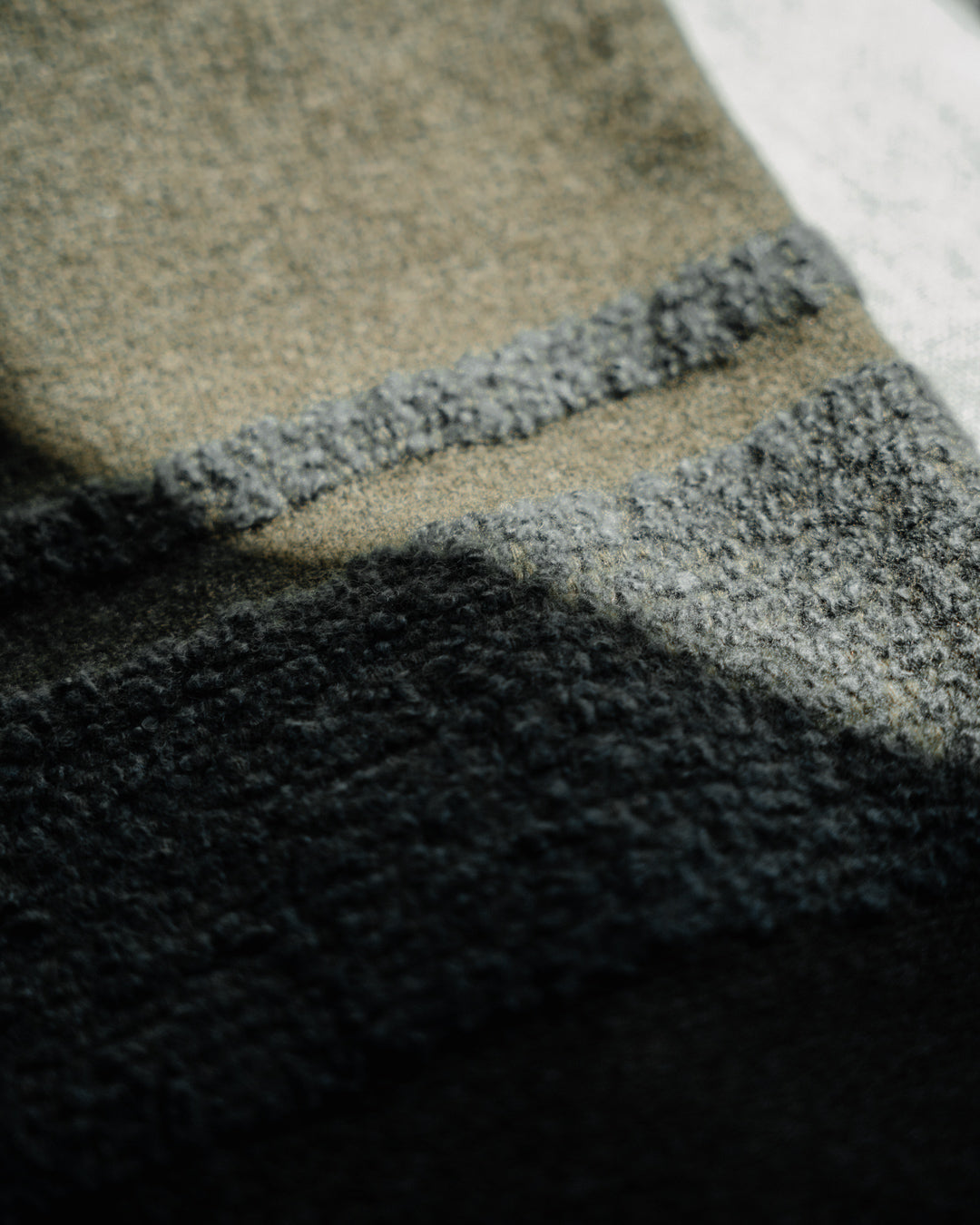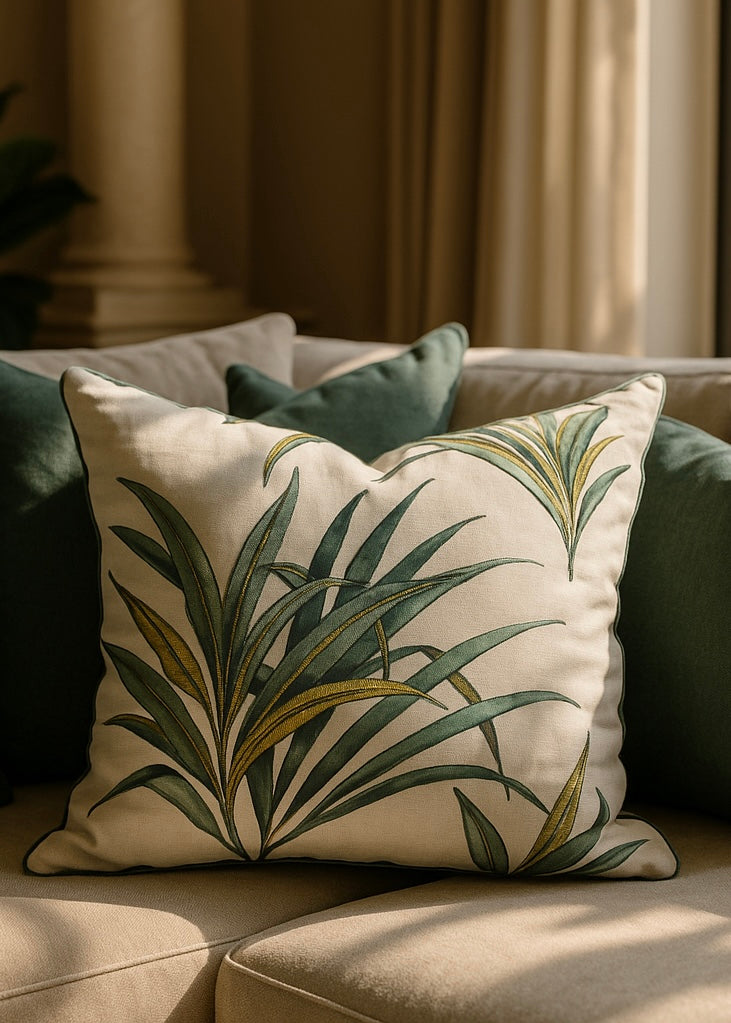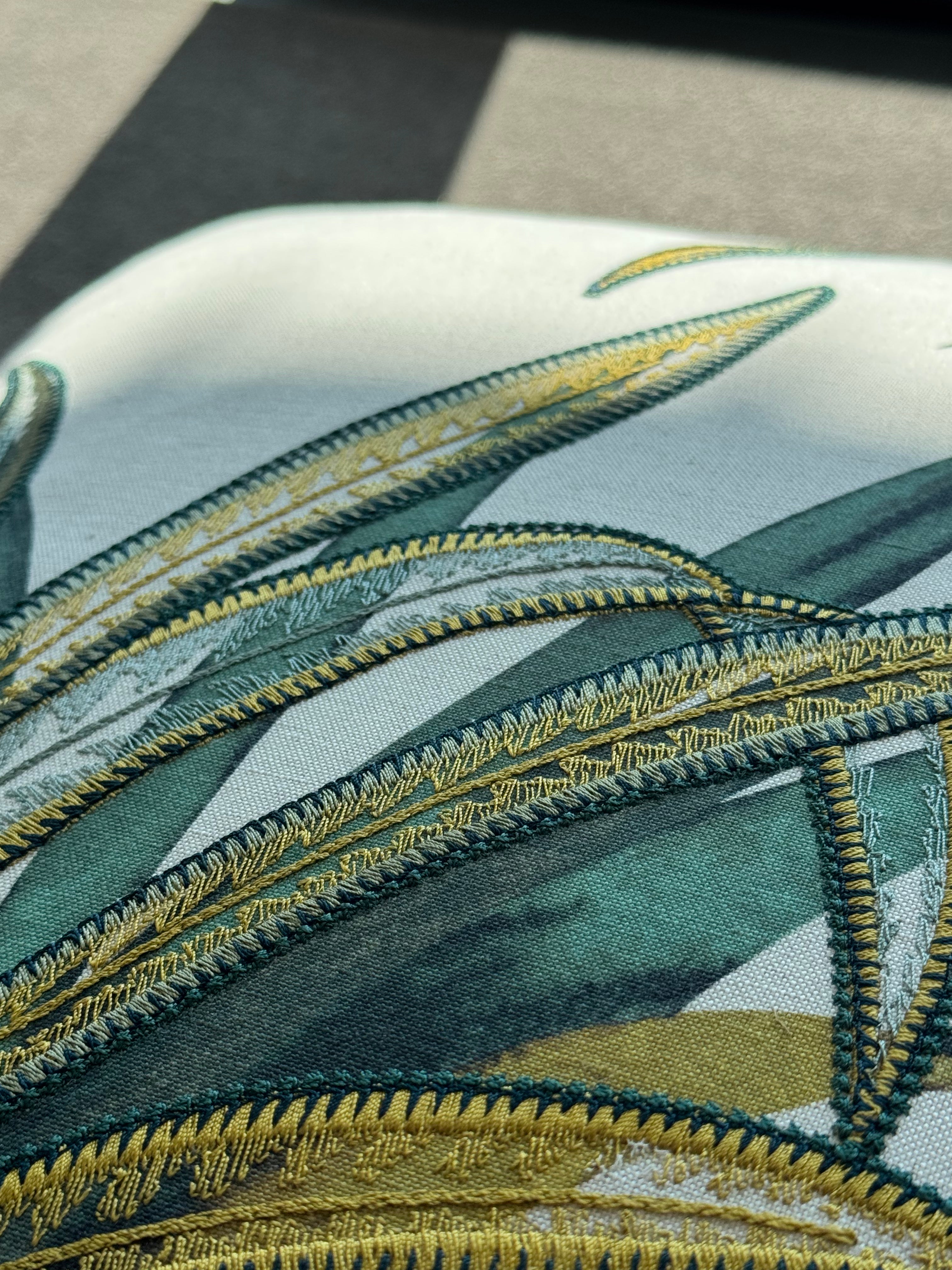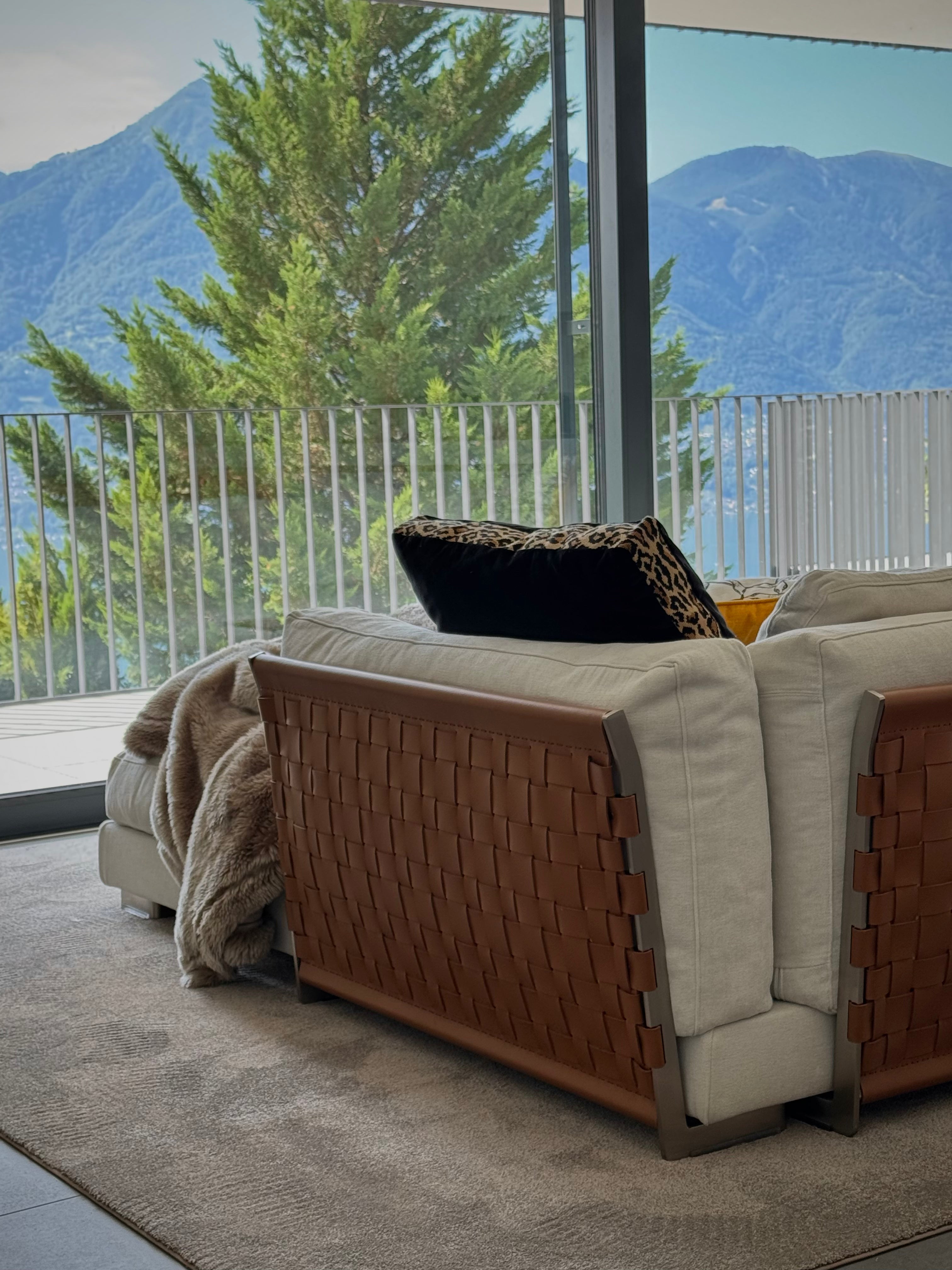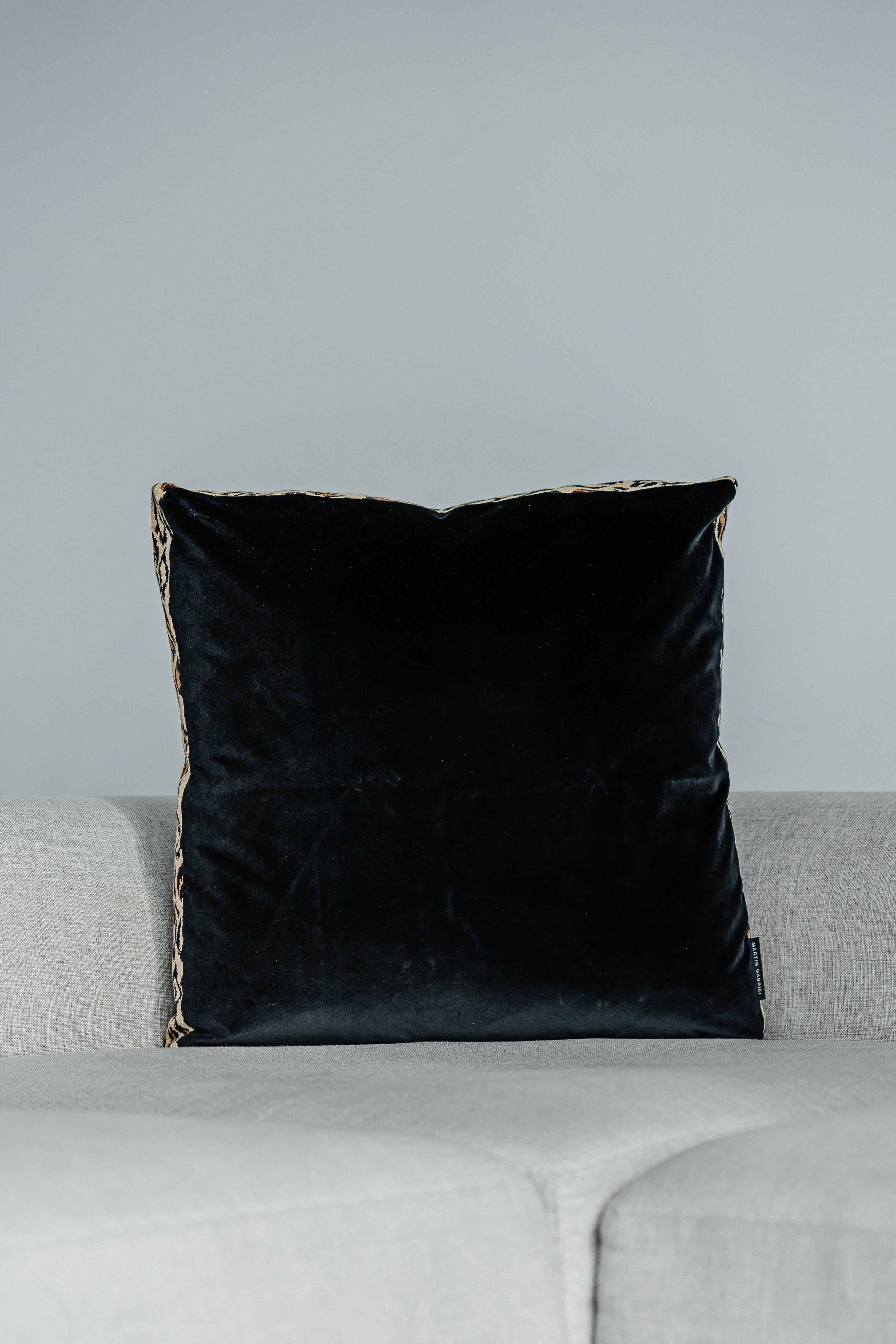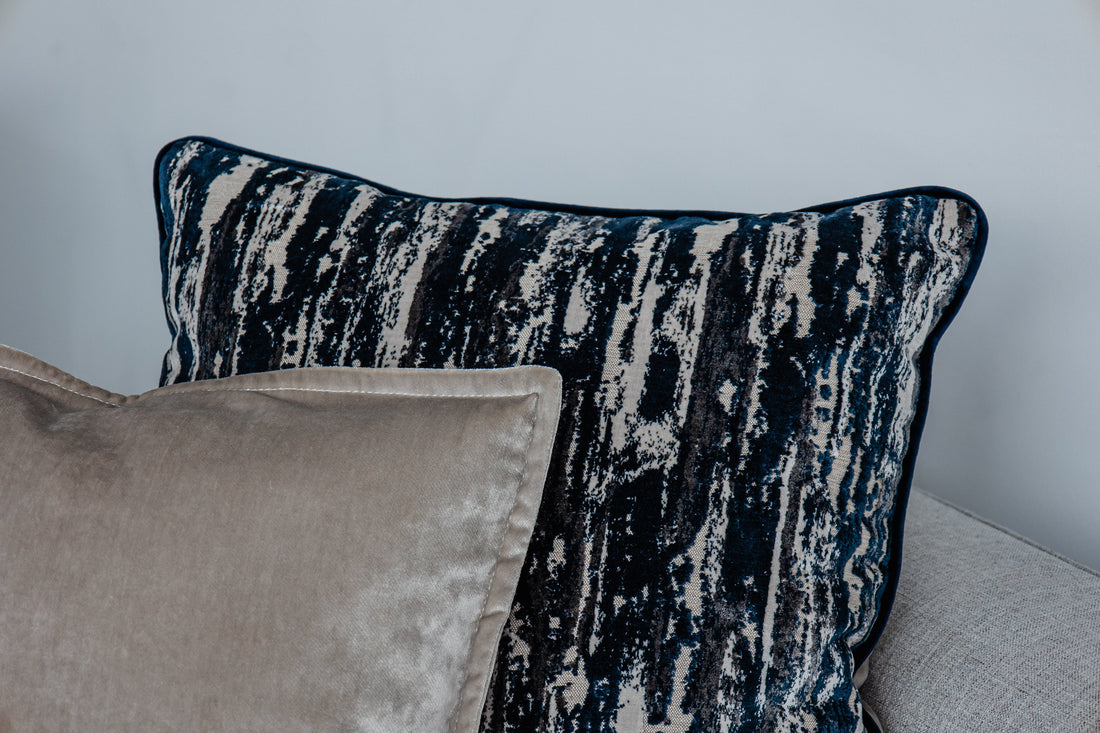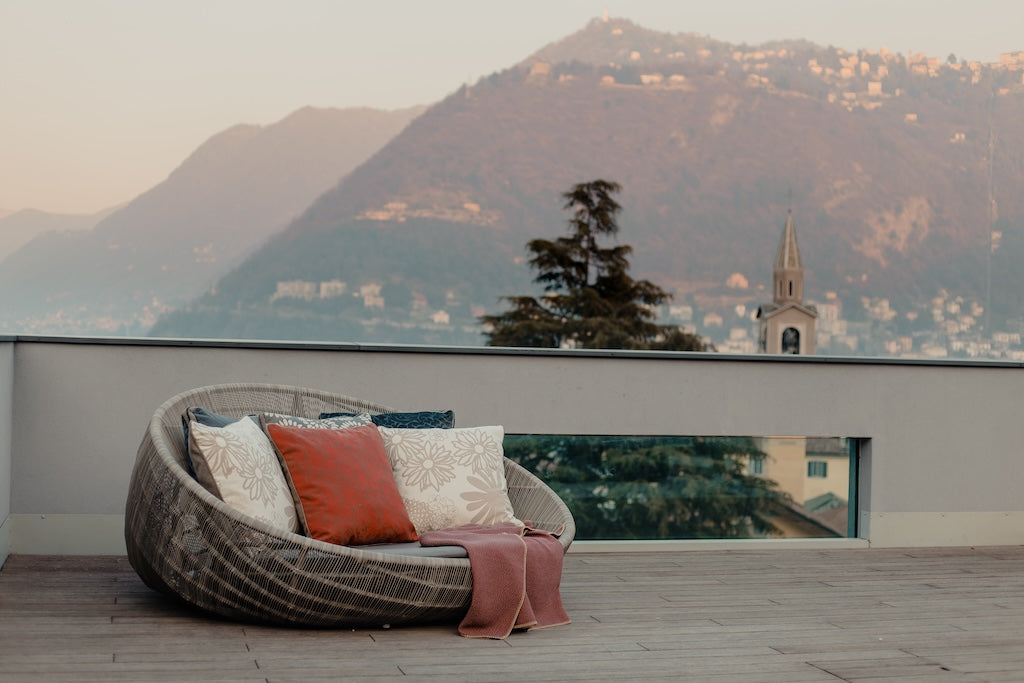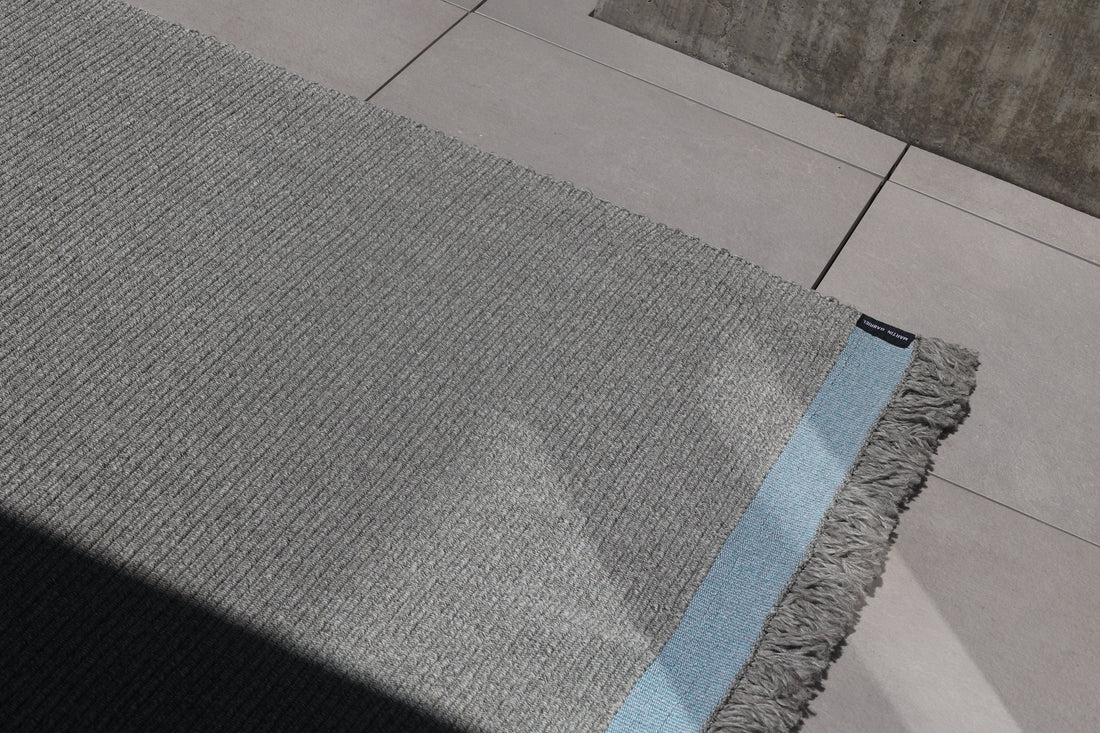A home comes alive when it tells stories. Not through bold colors alone, but through pieces visibly shaped by human hands. Small irregularities, subtle tool marks, the feel of a handwoven fabric, or the depth of a glaze change the perception of a space. They create closeness. Character. An atmosphere that resonates long afterward.
Why handcraft makes the difference
Mass-produced decor may look neat, but often remains interchangeable. Handcrafted objects, on the other hand, bear a distinctive signature. They are produced in manageable quantities, often using regional materials, and develop a patina rather than aging. Every vase, every cushion, every lamp brings nuances that, taken together, create an environment that perfectly suits its inhabitants.
The effect on the perception of quality is also interesting. A flame-treated wooden shelf, a bowl created through multiple firings, or a hammered brass frame signal care. You can feel the time that has gone into them. And this time is reflected in tranquility.
Materials with character
The choice of materials isn't just about looks. It influences acoustics, feel, and even the room climate. Consciously combining materials will achieve a finely balanced result.
- Wood: warm, dampens sound, smells light and ages gracefully
- Ceramic/stoneware: earthy, temperature-resistant, with vibrant glazes
- Textiles: Linen, virgin wool, hemp for structure and zoning
- Metal: brass, copper, steel for highlights and contours
- Glass: from mouth-blown to structured, plays with light
- Stone: brushed or polished, provides weight and calm
Tip: Combine at least three material styles in the room, but let one dominate. For example, textiles as the base, ceramics as the support, and brass as an accent.
Combining style worlds sensibly
A hand-knotted rug can work just as well in a minimalist setting as it can in a lavishly decorated period apartment. The key is how you mix them.
- Minimalist: few, strong pieces, clear lines, restrained color scheme
- Close to nature: lots of wood and stone, open weave structures, matte surfaces
- Urban-Industrial: steel, black, rough linen, visible welds
- Classic: fine turnings, hand-printed cotton, subtly shiny metals
- Mediterranean: terracotta, lime plaster, limed wood, blue and sand tones
The more exciting the mix, the more important repetition is. A metallic tone should appear in at least two places, and a glaze color should appear in several smaller accessories. This creates cohesion without boredom.
Scale, proportion and rhythm
Handcrafted objects work best when the size and spacing are right. A small bowl seems lost on a massive sideboard, while three medium-sized vases placed side by side compete with each other.
- Work with height gradations: low, medium, high.
- Form groups of odd numbers; groups of three or five often look harmonious.
- Think about negative space. Empty space is just as important as the object itself.
- Repeat shapes subtly. A bulbous pitcher pairs well with a round bowl.
Measuring helps. Note the width and height of the area being decorated, and define a main character (hero piece) and two supporting characters.
Color concepts, haptics and light
Color shouldn't just be applied to walls. A hand-dyed pillow anchors the tone of an artwork, a glaze reflects the curtain. Three to five shades form a sustainable concept, and an accent adds energy.
- Tones with the same saturation appear mature.
- Natural fibers absorb color in a subdued way and feel valuable.
- Shine needs a counterpoint. Combine polished with matte.
Light encapsulates everything. Diffuse ambient light, directional spotlights, and decorative lamps with handcrafted shades create depth. Glass pieces love spaciousness, metals need soft shadows, and textiles thrive on grazing light.
Selection criteria when purchasing
Not every handmade piece is automatically good. A structured approach protects against disappointment.
- Origin and handwriting: Who made it, with what technique, how long has the studio existed?
- Material quality: solid wood instead of veneer, pure natural fibers instead of mixed fabrics, stable welds.
- Workmanship: Are the edges clean? Are the seams straight? Has stability been tested?
- Function: Does the bottom scratch? Is the vase waterproof? Can the lamp be repaired?
- Fairness: Transparent prices, understandable wages, sustainable procurement.
Questions you can ask: How many pieces are produced per month? What spare parts are available? What maintenance is recommended?
Overview: common accessories in comparison
| Accessory | Typical materials | Effect in space | Care requirements | Price range (guidelines) |
|---|---|---|---|---|
| pillowcase | Linen, wool, bouclé | Softness, color, structure | medium (hand wash) | 40 to 180 euros |
| Blanket/Throw | Virgin wool, alpaca, cotton | Heat, zone formation | low to medium | 120 to 450 euros |
| ceramic vase | Stoneware, porcelain | Sculptural, focusing | small amount | 60 to 350 euros |
| Bowl/plate | Clay, wood, stone | Order, haptics, everyday life | small amount | 30 to 220 euros |
| Wall textile | Hemp, linen, wool | Acoustics, visual effect | medium | 180 to 900 euros |
| table lamp | Ceramics, wood, metal, glass | Lighting mood, eye-catcher | medium | 160 to 900 euros |
| wooden object/ sculpture | oak, walnut, ash | Warmth, calm, grounding | small amount | 90 to 800 euros |
| metal tray | brass, steel | Shine, order, reflection | medium (polish) | 70 to 300 euros |
| Mirror | Glass, brass, wooden frame | Width, light control | small amount | 120 to 700 euros |
These ranges vary by region, level of technology, and edition. A hallmark of high quality is repairability and the ability to reorder individual parts.
Origin and sustainability
Short supply chains, local wood, recycled metals, and natural dyes aren't just marginal notes, but genuine quality features. Small batch production reduces waste. Good workshops document the material source, certify their surfaces, and use durable joints instead of simple adhesives.
It's also worth taking a look at the packaging. Reusable boxes, paper cushioning, and deposit systems reduce waste. Those ordering online can request compact, plastic-free shipping solutions in advance.
Care and value retention
Handcrafted items require attention, but not excessive care. A clear routine extends their lifespan.
- Shake out textiles regularly, wash less often, and air them instead.
- Dust the wood dry and nourish it occasionally with hard oil or wax.
- Clean ceramics with soft pads; ensure moderate moisture is used for unglazed clay.
- Metals depending on the surface: polish for shine, seal to preserve patina.
- Glass with microfiber cloth, no abrasive cleaners.
- Apply felt pads to protect surfaces.
Humidity and direct sunlight are the biggest enemies. Light-blocking films on window fronts protect colors, and a hygrometer helps maintain a stable indoor climate.
DIY ideas for a weekend
Getting involved yourself builds bonds. Small projects can be easily incorporated into everyday life.
- Linen cushion with visible seam: simple cut, coarse yarn, visible stitches as a design feature.
- Candlesticks made from scrap wood: saw to size, drill, oil, accept small cracks as character.
- Bowls made of air-drying clay: irregular edges, natural pigments, matte finish.
- Braided wall decoration made of cord: macrame basic knot, wooden rod for hanging.
- Patina a brass tray: vinegar vapor, salt, then fix with beeswax.
Important: Get good tools, practice on leftover pieces, and if necessary, visit a workshop that provides machines for a small fee.
Spaces in focus
Each area requires a different level of robustness, care and effectiveness.
Living room
Large spaces require anchor points. A hand-knotted rug defines the seating area. On the coffee table, you'll find a weighty wooden object and a ceramic vase. To the side, a table lamp with an oiled wooden base provides warm light in the evenings.
bedroom
Linen bedding, a wool throw at the foot of the bed, and hand-turned bedside lamps complement each other. Soothing colors, low sheen, and plenty of textures. A small wall hanging behind the bed dampens sound and replaces the traditional headboard.
Kitchen and dining area
Handmade plates with slightly varying rims look inviting. Mix two collections in related tones. A solid wooden bowl for fruit, linen napkins for everyday use, a coarsely woven runner for the table. An open shelf on the wall with ceramics that are also in use.
bathroom
Choose moisture-resistant materials. Glazed ceramic mugs, stone soap dishes, and towels made of dense, long-staple cotton. A small stool made of oiled oak serves as a storage space without appearing artificial.
Hallway
Durability counts here. A sturdy mat, a ceramic planter with tall plants, and sturdy metal hook rails. A narrow mirror with a hand-forged frame stretches the room and makes a statement.
Home office
Order and atmosphere. Wooden pencil cups, a warm desk lamp with a ceramic base, wall shelves with concealed hanging hardware. A wall textile or framed fabric print improves the acoustics and makes video calls more pleasant.
Purchasing channels and budget planning
Good pieces can be found at craft markets, in small galleries, in open workshops, and in carefully selected online shops. One advantage of shopping in person: you can see the true color and feel the weight. Online shopping helps provide a more detailed overview: photos taken in daylight, detailed shots, dimensions, weight, care instructions, and return policies.
Plan budgets based on impact. Two examples:
- Focus point strategy: one larger investment piece per room, complemented by three to five smaller, less expensive accessories.
- Scatter strategy: small but consistent purchases over several months that share a clear material and color idea.
Think of seasonal promotions from workshops, studio sales, and second-hand items with minimal blemishes. Quality rarely suffers, but the price does.
Brief commissioned work sensibly
An individual piece is best created with clear communication.
- Provide room dimensions, photos and existing materials.
- Define function: pure object or daily use.
- Match colors based on physical samples, not just on screen.
- Discuss tolerances: weight, scratch resistance, care.
- Fix time frames, budget frameworks and milestones.
A good contract is built on mutual trust. Small prototypes, material samples, or drawings secure the outcome.
Small case studies from practice
Case 1: City apartment, 55 square meters, clean lines. Instead of numerous small items, a pure new wool rug in natural gray took center stage. This was complemented by two large ceramic vases in off-white and a table lamp with a linen shade. The result: less visual noise, more calm, warmth through texture instead of color.
Case 2: Terraced house, lively family, open-plan living-dining area. The dining area was decorated with hand-thrown tableware in two closely related color schemes. A black metal tray on the sideboard served as a stage for a changing display of flowers and fruit. Order, adaptability, and a strong focal point without clutter.
Case 3: Old building, high ceilings. A large wall hanging textile absorbed reverberation and created acoustic depth. Below it was a narrow walnut console table, topped by a mix of glass and brass. The gradation of matte and glossy finishes made the room appear brighter, but not cooler.
Common mistakes and how to avoid them
- Too many small parts without hierarchy: define a clear main character.
- Everything at eye level: staggered heights create excitement.
- Only one type of material: mix, but with repetition.
- Artificial light sources that are too bright: dim them warmly and use shades.
- Ignore maintenance: better less, but durable and maintainable.
- Missing pads: Felt pads, trays, inserts protect surfaces.
A simple trick helps: take photos of the room. Imbalances, such as restless groups or light reflections, are more easily noticeable in photos.
Inspiration and curating in everyday life
Take photos of details that catch your eye while traveling, in hotels, or cafés. Note down materials and small measurements. Create a color chart from fabric scraps, ceramic chips, and paint samples. Such archives sharpen your vision and simplify future decisions.
If you like, keep a small inventory: What do you already have, and what qualities are missing? Perhaps the seating area needs more weight in the form of stone or metal. Or the bedroom needs more softness through wool and bouclé. With this clarity, every purchase becomes part of a greater whole.
Practical checklist to get started
- Define three to five colors, one of them as an accent.
- Identify two dominant materials and a third as a seasoning.
- Determine a focal point for each room: carpet, lamp, wall textile or mirror.
- Take measurements, plan scale, include negative spaces.
- Check care and suitability for everyday use before you buy.
- With each new piece, check: does it fit with two others in the room?
Those who approach this way create spaces that are approachable, distinctive, and long-lasting. Take 20 minutes today, look through your rooms, and choose a spot to redesign. A good handmade accessory and a little fresh air around it can make more of a difference than you think.




